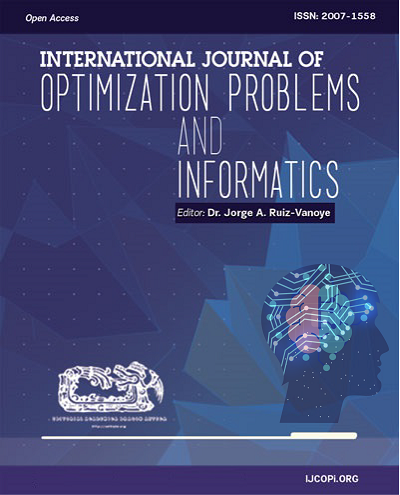Autonomous Robotic Platform for Germicidal Disinfection and Air Purification Using UVC and Nebulization Technology
DOI:
https://doi.org/10.61467/2007.1558.2025.v16i2.1077Keywords:
Tropospheric Ozone Control, Indoor Air Quality Improvement, Atmospheric Pollutant EliminationAbstract
This work presents an autonomous robotic platform aimed at improving indoor air quality and ensuring effective disinfection. The system leverages UVC germicidal radiation and a nebulization module to eliminate pollutants, including ozone and microbial pathogens, aligning with Sustainable Development Goals (SDGs) 3 and 11.
The robotic platform incorporates six 253.7 nm UVC lamps arranged to maximize disinfection efficiency, achieving 95% microbial reduction within 14.76 seconds for irradiated areas of 0.98–1.04 m². An integrated olfactory system, using MQ-131 and MQ-135 sensors, monitors ozone and CO2 concentrations, ensuring environmental safety by automatically shutting down disinfection processes when thresholds are exceeded. The nebulization system disperses a hydrogen peroxide (H2O2) solution, reducing ozone levels from 29.22 ppm to 0.05 ppm in enclosed spaces within 3 seconds.
The experimental results demonstrate the platform's capability to sanitize surfaces, walls, floors, and ceilings in diverse indoor environments, such as hospitals and classrooms, with minimal human intervention. By combining tele controlled and autonomous functionalities, the system offers a scalable solution for sustainable and inclusive urban environments, addressing key challenges in air quality and health resilience post-COVID-19.
This innovation contributes significantly to the goals of creating healthier living spaces and advancing the development of smart, sustainable cities.
Downloads
Published
How to Cite
Issue
Section
License
Copyright (c) 2025 International Journal of Combinatorial Optimization Problems and Informatics

This work is licensed under a Creative Commons Attribution-NonCommercial-NoDerivatives 4.0 International License.





